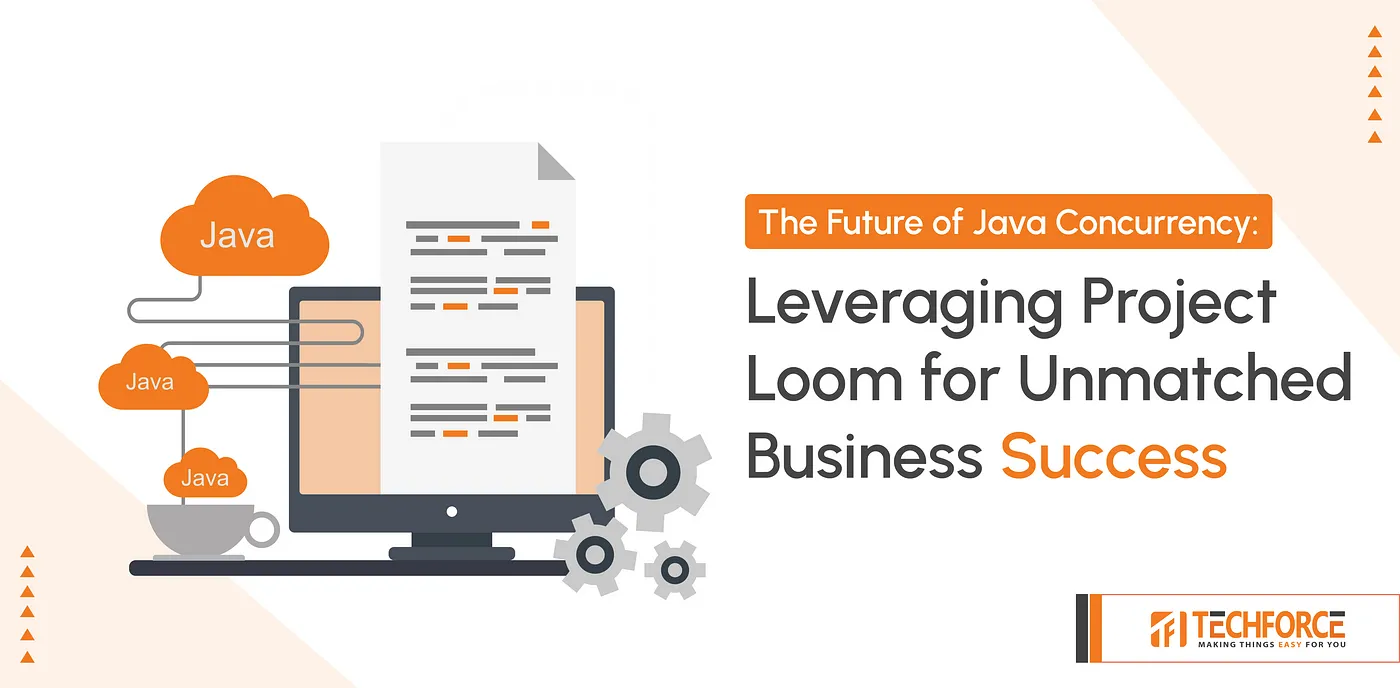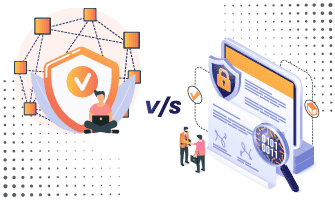Insurance automation – How is Insurance sector transforming?
During this period of emerging “born-in-technology”, insurance providers that are quick to respond to changes in the market and in customer behavior, increasing pressure to accelerate cycles, lower expenses, and improve the customer experience becomes the new norm for traditional insurers.
Unfortunately, overflowing routine administrative operations, heavy reliance on manual work, obsolete methods, and legacy systems makes achieving these goals difficult.
The adoption of sensible technique automation within the coverage industry widely appears as the answer to those demanding situations, and it miles already reworked the industry.
However, for ease of knowledge, this article makes use of each of them interchangeably. The generation is most beneficial while each of these components acts as a fundamental part of the general implementation.
How automation will transform insurance:
The Hyper Automation market has been developing at breakneck velocity and, consistent with Gartner, is anticipated to reach nearly US $600 billion in 2022. at the same time as the banking and monetary offerings area embraced this trend lengthy ago, the adoption of automation in the coverage enterprise has been a good deal slower. coverage organizations are most effective starting to release pilot automation packages, with both RPA (robot process automation) and intelligent Automation, and the effect of those technologies on the arena is predicted to be big. How will automation have an effect on insurance? right here are a few anticipated outcomes:
- Effect on employment in insurance. Automation will remove many jobs, while also developing new ones. employees freed from tedious reproduction-paste and information-entry obligations may be capable of delivering greater personalized and higher-pleasant customer service.
- Technological transformation. Automation gear may be constructed into the current IT infrastructure to make sure higher integration among numerous systems.
- Advanced and greater customized consumer experience. as an example, consumer onboarding will alternate as bots can carry out time-ingesting sports which includes anti-money laundering. This generation can help bridge the distance between personnel and clients and allow more customized providers.
Hyper Automation or smart Automation in coverage has the ability to assist groups to remodel their business, end up extra profitable, and better alter to market adjustments. but, that could handiest be accomplished when the maximum treasured automation use instances are selected.

Best use cases for automation in the insurance industry:
One of the vital factors for the fulfillment of automation inside the coverage enterprise (and every other industry, for that, remember) is selecting the right use instances. There are several common insurances use instances where the implementation of sensible automation can provide tangible outcomes fast and offer room to scale in the future. allows review of a number of these use instances and sensible answers to be had.
- Claims Processing
- Policy Management
- Regulatory Compliance
- Underwriting
1. Claims Processing
Rapid and green claims processing is paramount to success for coverage agencies — but it’s frequently a time-eating, rather guide procedure that’s irritating for each insurer and client. generally, claim processing takes numerous days as coverage marketers should acquire and take a look at facts from a couple of resources, consisting of:
- Clinical certificates and reviews for life/health insurance claims (e.g., brief-term incapacity Claims education)
- Pictures of damaged bags and boarding pass for tour loss claims
- Police report, driving force’s licenses, and automobile harm pix for making ready auto claims (e.g., repair Quote Approval)
Automated claims processing reduces the amount of manual work by 80% and improves accuracy significantly, cutting down the time necessary for the process by 50% — which allows companies to process twice as many claims with the same personnel. As a result, customer experience is improved as the back-office functions are performed fast and with fewer errors, delays, and annoying back-and-forth communication with customers.
2. Policy Management
One more common insurance use case for shrewd Automation is the complete cycle of coverage control operations, such as coverage issuance and updates.
On the level of coverage issuance, pre-underwriting tests were completed, and the underwriting selection has already been made. The policy must be issued, and facts wish to be up to date in inner structures and communicated to the patron. all these processes contain loads of manual work. Pre-built RPA and AI use instances can be used to automate insurance policy issuance, for this reason appreciably reducing the amount of time and manual work required for it.
Present coverage-holders can post diverse update requests, which include dealing with the exchange or replacement of bank mandate. coverage automation answers for policy updates use device learning to extract inbound adjustments from voice transcripts, emails, faxes, or other assets and make all required modifications within the documents and inner structures.
As an instance, in our answer for Endorsement Request intake and Routing, after receiving inbound requests from emails and isolating electronic mail content material from key attachments, ML bots perceive the nature of the change request, classify supporting files into types, and extract key information factors from all applicable files. The bots flip these facts into structured records that could then be used to carry out required updates and edits in the coverage systems.
A broader utility of automation in insurance coverage management can assist rework different document-extensive operations, which includes the processing of loss run reviews, analysis of the declaration of fee reports, speaking factors of evidence of insurability to clients, and other strategies.
3. Regulatory Compliance
Insurance agencies have to observe a significant quantity of regulations. Amendments to those guidelines regularly pressure insurers to reorganize their business methods to adapt. Compliance breaches result in financial and operational damages to groups.
Considered one of many compliance-targeted use instances is the name Screening Alert evaluation for Sanctions and PEP (politically uncovered folks). Screening structures generate hundreds of alerts each day, and the maximum of them are false positives. Automating their review significantly lowers the range of fake positives someone has to manually deal with — reducing time and effort even as increasing accuracy and auditability.
Different examples of time-eating manual paintings that AI-driven RPA can automate consist of compliance assessments, customer studies and validation of consumer records, patron statistics safety operations, and the era of regulation.
4. Underwriting
Automatic underwriting is some other coming near transformation inside the insurance enterprise, boosting accuracy and speed on this key operation. Underwriting includes gathering and analyzing data from more than one source to determine and mitigate the dangers associated with the chosen policy, for example:
- Health risks. Mortality costs, and for this reason, rates, will go up in instances in which an applicant is a smoker, especially whilst weighed in opposition to their cutting-edge age.
- Financial limits. If the net well-worth of the applicant nowadays is $X, their insurance coverage (loss of life gain) can’t exceed, say, $10X.
- Creditworthiness. what’s the credit score of the applicant, as in line with outside companies which includes Experian or TransUnion CIBIL confined?
- Replica guidelines. Does the applicant already have a policy of their call?
The complete technique can take weeks. Implementation of clever solutions to automate coverage underwriting will substantially speed up such features as facts collection, internal structures updates, loss runs assessment, client claims history assessment, and extra. for instance, you may automate greater than 70% of the manual work concerned in the New Submissions consumption method, as bots retrieve underwriting files from emails, classify and extract the required records, go-reference outside records enrichment resources for extra facts, and validate the application for completeness through custom enterprise policies. As an end result, the turnaround times for new submissions maybe four instances quicker.
All in all, automation solutions that integrate RPA, system learning, and human-in-the-loop to “help” AI can lessen the range of mistakes in underwriting operations all the way down to almost 0%. read extra about the effect of shrewd Automation on underwriting in our white paper, “goal for achievement with wise Automation.”
Benefits of intelligent process automation in insurance
While compared to automation solutions the usage of most effective the strength of RPA, applying shrewd Automation and AI in coverage operations facilitates attaining a quicker ROI and seeing advantages that can be unattainable with pure RPA.
1. Unstructured data processing
Each day, insurers have to deal with massive volumes of records in various paper and digital codecs. To procedure a claim, an agent should collect statistics from more than one resource and enter them right into a database. The system is manual and time-consuming. Repetition of identical routine responsibilities time and again hinders human attention, resulting in errors and developing severe inconsistencies in enterprise data. Robots, on the other hand, excel in this issue.
AI combined with robotic manner automation can process a wider variety of files extra precisely, and can automate coverage strategies stop-to-quit:
- Download, classify, and collect statistics from outside assets
- Examine, type, analyze, and path emails
- Extract and analyze comparable records from exceptional assets (email attachments, transcripts, scanned agreements, and so forth.)
2. Integration with legacy applications
Successful implementation of a smart automation application may be especially useful for an insurance organization, potentially allowing an enterprise to:
- Convey down the price of automated task features by way of 30–forty%, whilst doubling their efficiency
- Achieve up to 80–90% accuracy in development
- Store lots of work hours yearly
- Velocity services shipping via up to 80%
- Loose as much as 30% capacity at the employer stage
- Boom common enterprise productiveness and profitability by as much as 50%
- Reach as much as one hundred% regulatory compliance.
Concerning costs, a 100% go-back on investment can moderately be anticipated in the first 12 months of implementation, and that’s likely to multiply over the years to comply with.
One of the most tremendous benefits that sensible Automation can bring is developing a framework for employer-wide scaling of automation and virtual transformation. building a scalable automation program may additionally seem clean in concept: You just want to add extra bots over time. however, that is tough to reap in practice. maximum strategies in coverage are unstructured, excessive-quantity, and ultimately too complex for classic RPA. Introducing intelligent bots offers a solution to those automation-demanding situations, permitting you to no longer most effectively scale the range of bots deployed, but additionally the best and complexity of the paintings they carry out. learn more in our unfastened white paper, “past Limits: Scaling Intelligent Automation.”
Summary:
Normally, the capability for automation in the coverage industry is endless. Throughout distinct geographies and from time to time even within the equal agency, diverse tactics are in diverse levels of digitization and may be at the least partially computerized. Automation is the lever that could help rework your operations, substantially elevate your worker delight, and improve your client adventure.
To assist you in locating these areas, please contact our expert, who will walk you through real-life use cases in insurance and other industries gathered for your information and inspiration, and will assist you in getting started with intelligent automation quickly.
 Sagar Shah
21 Mar 2023
Sagar Shah
21 Mar 2023
 US +1 (630) 296 6606
US +1 (630) 296 6606
 India +91 (79) 48904529
India +91 (79) 48904529
 Poland +48 (730) 059 665
Poland +48 (730) 059 665
 reach@techforceglobal.com
reach@techforceglobal.com
 +1 630 303 7389
+1 630 303 7389

 Calendly
Calendly
 LinkedIn
LinkedIn
 Whatsapp
Whatsapp
 Fintech
Fintech
 Education
Education
 Ecommerce
Ecommerce
 Healthcare
Healthcare
 Travel and Hospitality
Travel and Hospitality
 Public Sector
Public Sector




